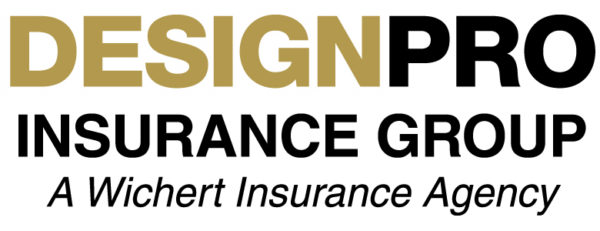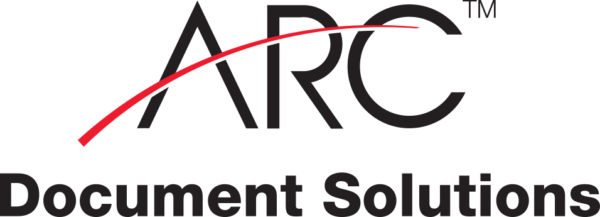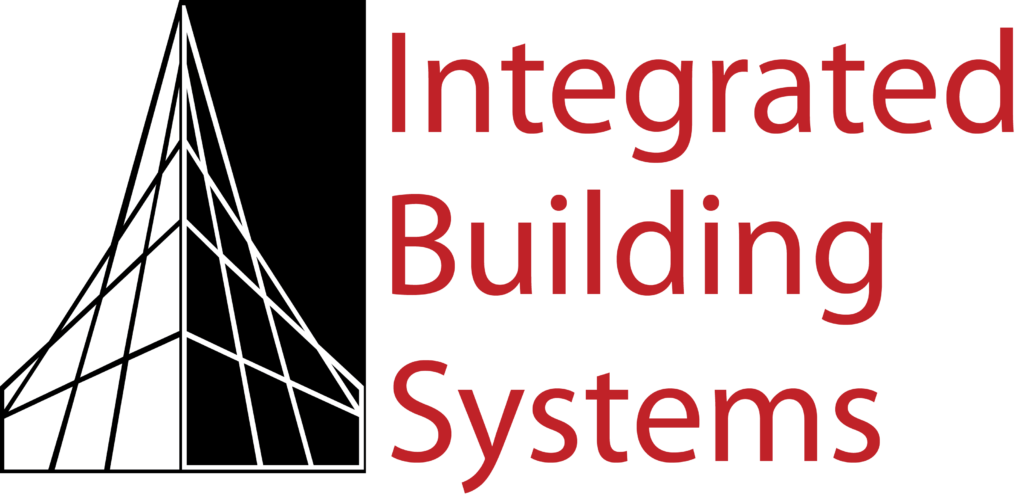Climate Change is Real. Architects Have Solutions.
Credible scientists gave us 10 years to be on our way toward global greenhouse gas (GHG) emissions reductions in order to avoid catastrophic climate change. Fifty percent of those greenhouse gas emissions can be traced to buildings. With proper tools and training, architects can help make a difference.
To impact the threat of climate change, Architecture 2030, a non-partisan, national non-for-profit started by renowned architect Ed Mazria, has issued the 2030 Challenge asking the global architecture and building community to reach the goal of carbon-neutral buildings by 2030.
AIA Columbus, a Chapter of the American Institute of Architects, has embraced the opportunities of this challenge and is taking tangible steps toward reaching the goal. One of those steps is creating the AIA+2030 Professional Series, a 10-part series of intermediate-level professional development courses designed to provide specific ways to make our built environment energy-efficient. The courses address items such as Waste Heat Recovery, Energy Modeling, Active Solar Systems, and a variety of techniques and strategies specific to creating the type of buildings we need to be creating in the future. The AIA+2030 Professional Education Series has been approved by Architecture 2030 and by the national American Institute of Architects.
What makes this program unique?
- National leadership. This is the first program in the nation that teaches the architectural profession specific ways to reduce carbon emissions. With our region in the lead, we hope this series will become a ‘best practice’ that other cities can replicate for their own local architectural communities.
- Specific tools. As we know, the term ‘sustainability’ and even ‘green’ are so commonplace (at least in our region) that it is hard to distinguish talk from action. The AIA+2030 Professional Education Series provides tools, not just theory. These tools have been shown to make a direct impact and the more architects are trained to do this work; the closer we are to reducing the impact of climate change.
- “Green collar” jobs. There is often a divide, real or perceived, between the environmental movement and the economy. This program makes a direct link to how a profession can make a positive impact on the most significant environmental challenge we face today. By focusing on how a profession can make a difference beyond actions of individuals, we can reach our goal much faster while boosting the economy.
BAF











